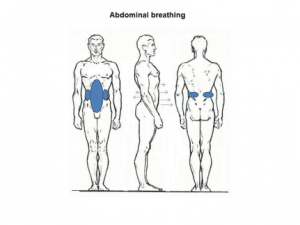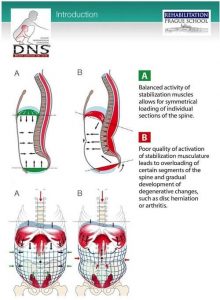On π (3.14) or March 14 2022 we updated Volume 1 the book “Gōjū-Ryū Karate-Dō Desk Reference 剛柔流空手道 机参照” with several clerical revisions and cleaned up a few chapters including the below article. On January 1st 2024 we made further clarifications with another fundamental rewrite while restricting the document to a single page article. This images that go along with this article can be found in the book available on Amazon.
Budō Breathing Techniques Harmonized: Gō & Jū Ibuki 武道の剛柔呼吸
Introduction: In the world of martial arts, the symbiotic relationship between breath control and technique is a fundamental aspect. This article explores the nuances of breathing methods, specifically focusing on the Gō and Jū Ibuki perspectives within the context of budō 武道.
Defining Key Concepts: Let’s commence by elucidating essential terminologies:
- Ibuki 息吹: Translated as “inner strength,” Ibuki represents the act of breathing, but its characters embody a deeper meaning.
- Ikibuki 息武器: This term refers to the synchronized practice of breathing with techniques, forming a “breathing weapon” crucial for budō 武道
- In 陰 – Yo 陽: Signifying breathing in and out, this concept encapsulates the duality of On’yōsetsu 陰陽説, representing the interplay between hard and soft breaths from the abdomen.

Exploring Naha-te 那覇手 Schools and Gōjū-Ryū Karatedō 剛柔流空手道: The well-documented ikibuki 息武器 breathing methods that evolved in Naha-te schools and Gōjū-Ryū Karatedō 剛柔流空手道 serve as a testament to the profound connection between the mind and body. These practices aim to enhance oxygen saturation and unify the body’s internal organs.
Kinchō Kokyū and the Role of the Ōkakumaku 横隔膜: Central to this exploration is the concept of kinchō kokyū 緊張呼吸, characterized by tensed breathing from the tanden 丹田 abdomen cavity. The ōkakumaku 横隔膜, or lower diaphragm, plays a pivotal role in controlling variations of this breathing technique.
Breathing in Action: The application of ikibuki 息武器 involves controlled breathing from soft to hard during techniques and, inversely, from hard to soft in supplemental training. This dynamic breath control stands as a cornerstone of Gōjū-Ryū Karatedō 剛柔流空手道. Commonly:
- With each defensive technique, practitioners inhale through the nasal cavity (nose),
- While each offensive is accompanied by an exhale through the oral cavity (mouth) as with Kiai.
- It’s crucial to acknowledge that exceptions to these principles exist.

Distinctive Aspects of Gō and Jū Ibuki Breathing: Gō and Jū Ibuki breathing, although sharing similarities with Shizen kokyū 自然呼吸 or natural abdominal breathing, possesses unique characteristics. Specifically, ikibuki 息武器 for budō 武道 and Gōjū-Ryū Karatedō 剛柔流空手道 involves isometric breathing with inside-to-outward involuntary tension.
Conclusion: In conclusion, the art of breathing in budō 武道 goes beyond mere inhalation and exhalation. Gō and Jū Ibuki perspectives shed light on the intricate relationship between breath and technique, emphasizing the conscious control of breath for optimal physical and mental harmony. This article serves as a gateway to understanding the depth and significance of breath in the martial arts realm.
Johnpaul Williams
Seiwakai Karate Silicon Valley
